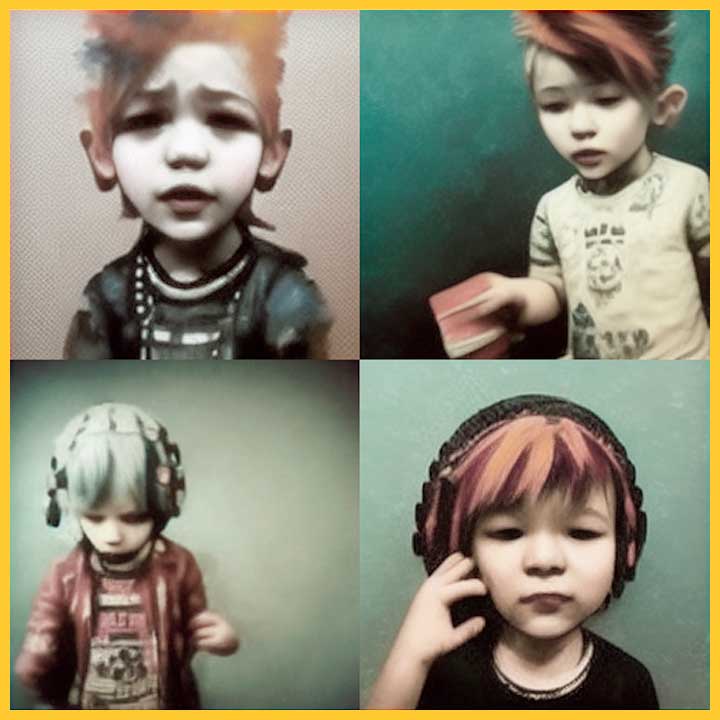
EVERYTHING IS COM-PLI-CA-TED!!
The humanities are so complicated! / History, literature, philosophy… It’s all so complicated! / But that’s what makes it so interesting! / There’s always something new to learn, / And it’s never boring!
PHOTO CAPTION: Prompt for image generation: 4-year-old, vaguely punk freestyling. Credit: DALL-E generation by Philip Allfrey, @dr_pda
SHARE:
Listeners of our Augmented Humanity podcast might remember Quinn Dombrowski, the Stanford librarian who is working to save Ukraine’s online cultural heritage in the midst of war.
On August 1st, Quinn posted a tweet saying:
New theme song for the humanities just dropped. 4-year-old, vaguely punk freestyling: Complicated! Complicated! Everything is COM-PLI-CA-TED!!
Then Quinn took the lyric and ran it through GPT-3, the third generation Generative Pre-trained Transformer. This is a neural network machine learning model trained by OpenAI to use internet data to generate any type of text. The result was this song:
Complicated! Complicated! Everything is COM-PLI-CA-TED!!
The humanities are so complicated!
History, literature, philosophy… It’s all so complicated!
But that’s what makes it so interesting!
There’s always something new to learn,
And it’s never boring!
The humanities are complicated,
But that’s what makes them so great!
And a second version:
Complicated! Everything is COM-PLI-CA-TED!!
The humanities are so complicated, everything is just so COM-PLI-CA-TED!!
It’s all so confusing, nothing makes any sense!
It’s all just so complicated!!
With DH Twitter, it wasn’t long before a colleague used the original tweet as an image prompt in DALL-E, another GPT tool that uses text-based prompts to create art. The result is the set of sweet but imaginary emo toddlers pictured above.
It was irresistible for me to close the circle by inviting a previous podcast guest, Holly+, an AI bandmate/vocalist, to create a recording.
Within the space of a few hours, software wrote a song that drops some heavy truths, other software created four fictional yet adorable toddler musicians, and a third piece of code recorded the song. What does this say about the future of writing, music and visual arts? Well… it’s complicated.
To unpack this I turned to ruminations about a third podcast guest, Simon DeDeo. DeDeo’s work was referenced heavily in a recent article in The Guardian about “dangerous binaries” in systems and how setting up polarities (“like me” or “not like me”) leads to systems collapse in simulations. The author, Mohsin Hamid, argues that what we see around us is our own polarization steering us towards systems collapse. Hamid’s answer? Avoid the binary and embrace the complex. He writes,
Literature, fortunately, is a profoundly weird creature, capable of being zero and one at the same time. This characteristic is of vital importance. Profound weirdness is quite possibly what our age of the cyborg most demands.
(Speaking of profound weirdness & literature, check out our podcast on e-lit for new ways of co-writing with code).
In his “Cognitive Tools” theory, Kieran Egan posits that the most developed form of human understanding is the “ironic.” Among other things, Egan posits that “irony involves more than a perverse disguise of what might be better stated literally” and that “It leads to a discussion of the kind of understanding that results from the breakdown or decay of general schemes … It leads to the accumulating reflexiveness of language and consciousness and the ramifying consequences of this reflexiveness in modernism and postmodernism.”
Critically for the practice of the public humanities,
irony’s central reflexiveness … enables us to apply to our own sense-making, to our own understanding, to our own beliefs and opinions, the questions and doubts we may have about those of others.
As we try to navigate an increasingly complex world, engaging in the work of the humanities– participating in discussion and critical self-reflection– can get really weird! Often it leaves you with more questions than you started with. But getting weird — and complicated — is increasingly what distinguishes us from our intelligent creations.
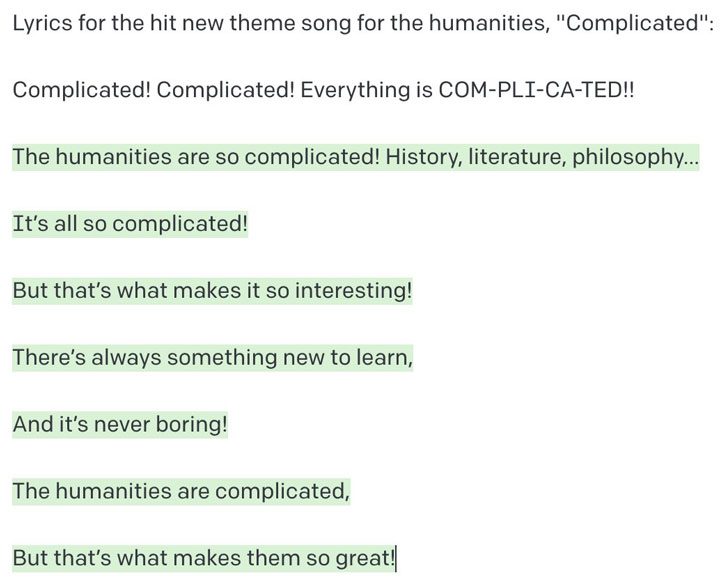
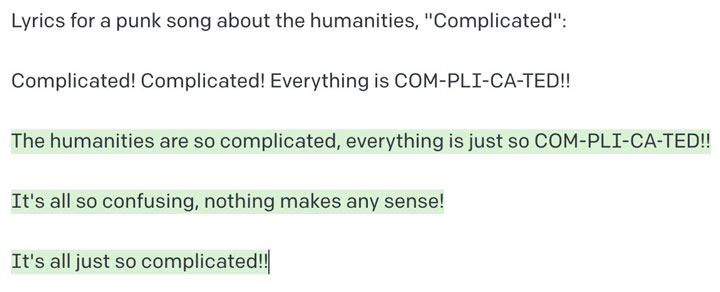
PASA POR AQUÍ
ADDITIONAL BLOG ARTICLES
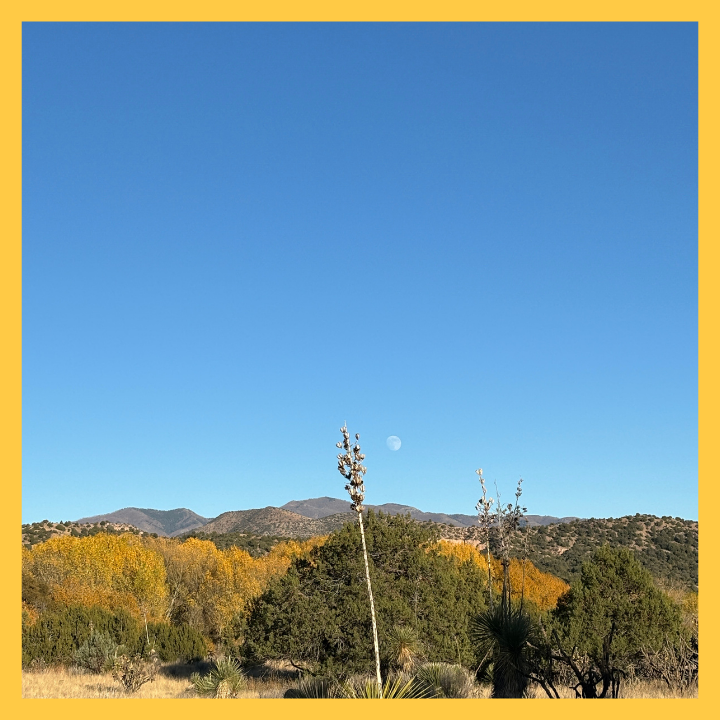
SCANNING FOR STORIES
It was a Friday afternoon in November and I was driving on a state road through the hills of the Mimbres Valley. The entire landscape was bathed in a golden hue because the tree leaves had made their full conversion to a bright yellow color just before falling off the branches.
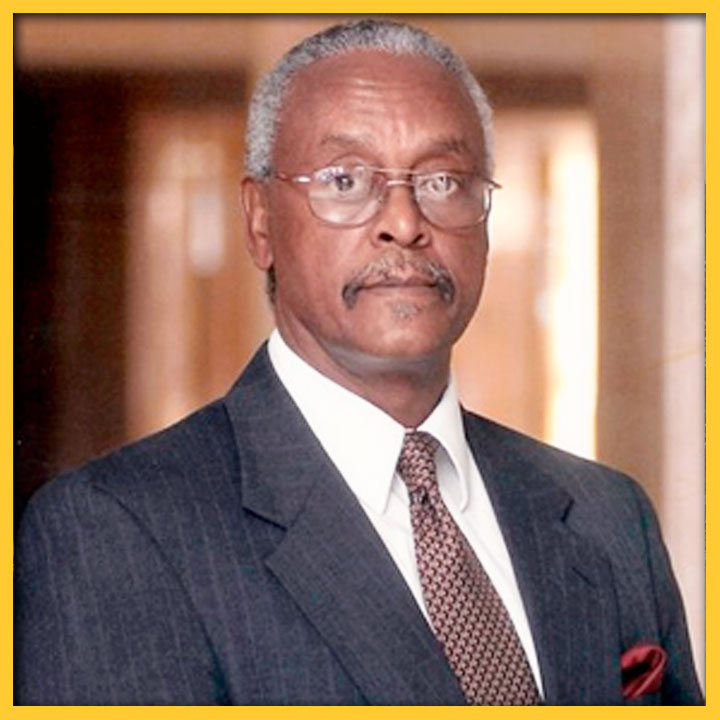
REFLECTIONS ON THE LOSS OF A NEW MEXICO CIVIL RIGHTS LEADER
By Carlyn N. Pinkins, M. A.
“The Dr. Harold Baileys of the world should inspire us all to do what we can to leave our communities, our towns and cities – our great state – better places than we found them. While we do our part to create the Dr. Harold Baileys of the future, we should also strive to make sure that the Dr. Harold Baileys of our past and present are never forgotten.”
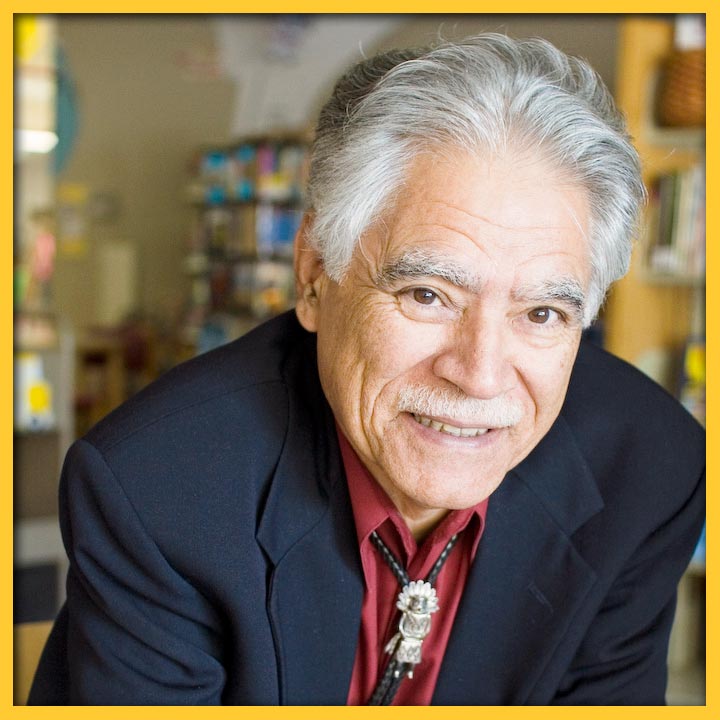
RUDOLFO ANAYA: CATCHING CULTURES IN BLESS ME, ULTIMA
By Richard Wayne Etulain
Anaya greatly expands the cultural contributions of his novel by combining the usual (Bildungsroman—growing up theme) with the unusual (complex, diverse New Mexico Hispanic culture)…
SHARE:
DISCLAIMER:
Any views, findings, conclusions or recommendations expressed in this blog post/article does not necessarily represent those of the New Mexico Humanities Council or the National Endowment for the Humanities.
ABOUT THE AUTHOR:
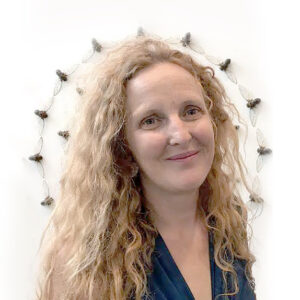
ELLEN DORNAN
Ellen Dornan serves as the CIO and the Digital Humanities Program Officer. Ms. Dornan has worked with the Council since 2001, serving as webmaster, NHD judge and junior division coach, and a scholar on grant projects and the Centennial Online Atlas of Historic New Mexico Maps. She joined as full-time staff in January 2016.
